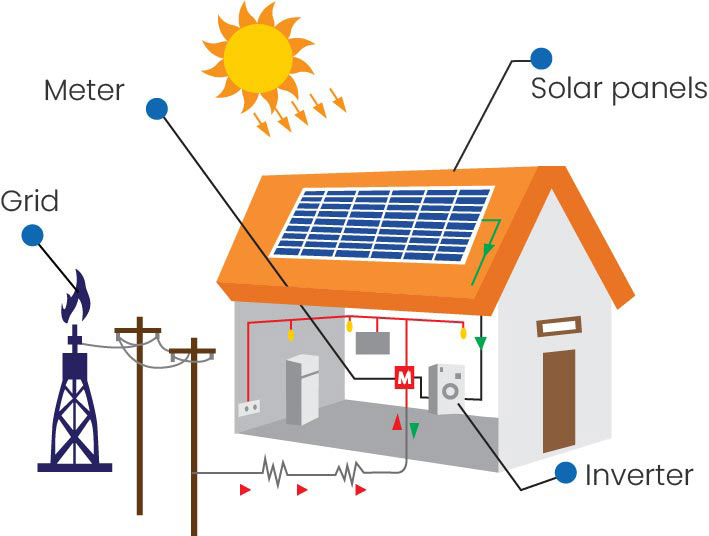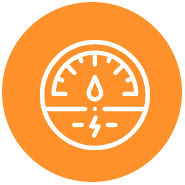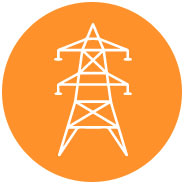FAQs about solar system.
How does Solar system work?
A solar rooftop system typically consists of solar modules, solar inverter(s) and other electrical components such as meter(s), cables etc.
Any excess electricity generated is exported to the national electricity grid and owner's account is credited accordingly, subject to prevailing regulatory policies.


Solar Modules
Converts sunlight into DC electricity

Inverter
Converts DC Electricity into usable AC electricity

Meter
Measure how much power your premises use and any excess power that the solar system feeds to the grid

National Electicity Grid
Supplies electricity to the premises
How do I ascertain how big a system would be required for my use?
The capacity of solar installation depends on:
Load requirement you want to power through solar / quantum of electricity bill: Varies from state to state; on average, approx. 1 kW system is required for Rs. 1000 electricity bill / month.
Shadow free space available: Typically, 1 kW system requires 100 sq ft of shadow free space
Sanctioned load: Varies from state to state; capacity greater than sanctioned load typically not permitted.
Load requirement you want to power through solar / quantum of electricity bill: Varies from state to state; on average, approx. 1 kW system is required for Rs. 1000 electricity bill / month.
Shadow free space available: Typically, 1 kW system requires 100 sq ft of shadow free space
Sanctioned load: Varies from state to state; capacity greater than sanctioned load typically not permitted.
How do Solar Modules work?
Solar modules are made of Silicon wafers, a semiconductor.
Photons (particles of light) from the sun's radiation knock out electrons when they fall on the wafers and a Direct Current electricity flow is established using the semiconductor properties.
Photons (particles of light) from the sun's radiation knock out electrons when they fall on the wafers and a Direct Current electricity flow is established using the semiconductor properties.
Does solar system produce electricity from solar during grid outage?
The grid connected solar rooftop system does not produce electricity from solar during grid outage.
Solar systems that are equipped with batteries not only provide backup but also generate electricity using solar during grid outage. The same is explained in detail in Products Section.
Solar systems that are equipped with batteries not only provide backup but also generate electricity using solar during grid outage. The same is explained in detail in Products Section.
If no body is at home during day time, is solar generation wasted?
No, solar electricity is not wasted if it's not being consumed by the premises. During daytime, solar system exports any excess solar electricity not used by the premises to the national electricity grid. Similarly, at night, excess electricity required by the premises is imported from the grid as solar generation is absent at night.
Meter(s) installed along with solar system keep a record of excess generation exported to the grid and imported from the grid. At the end of each period, customer is credited for excess generation exported to the grid as per prevailing state policy, and charged only for net consumption from the grid.
Meter(s) installed along with solar system keep a record of excess generation exported to the grid and imported from the grid. At the end of each period, customer is credited for excess generation exported to the grid as per prevailing state policy, and charged only for net consumption from the grid.

